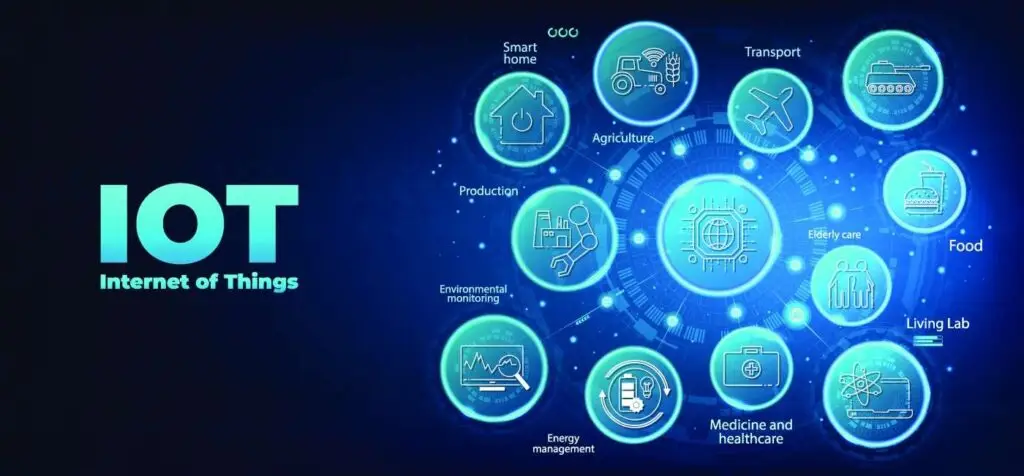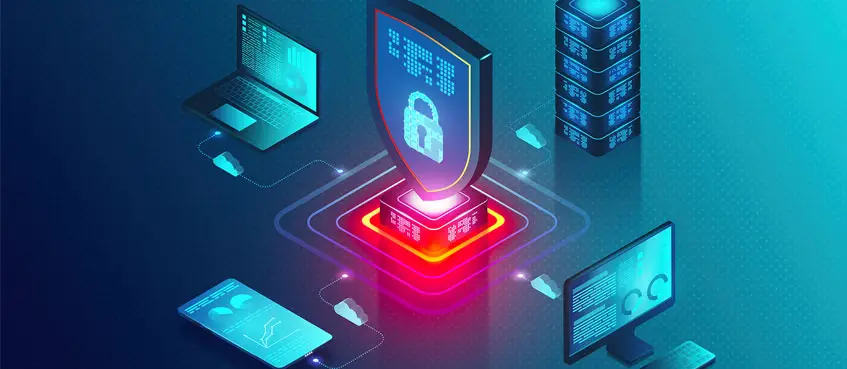The Internet of Things (IoT) represents one of the most transformative technological trends of the 21st century, connecting billions of devices worldwide. From smart thermostats and wearable fitness trackers to industrial control systems and autonomous vehicles, IoT has infiltrated nearly every aspect of modern life. However, this explosion of connectivity also introduces unprecedented cybersecurity challenges. Ensuring the security of IoT ecosystems is no longer a luxury but a necessity to protect data, systems, and human lives.
The Ascent of IoT and Its Suggestions

IoT gadgets are intended to accumulate, cycle, and offer information to further develop productivity, comfort, and navigation. As per ongoing measurements, the quantity of IoT gadgets overall is supposed to outperform 30 billion by 2025. These gadgets track down applications in different areas, including:
Medical services: IoT-empowered gadgets like pacemakers and insulin siphons screen patient wellbeing and convey therapies.
Shrewd Homes: Gadgets like savvy speakers, surveillance cameras, and associated apparatuses further develop family the executives.
Industry: IoT is essential to Industry 4.0, upgrading supply chains, creation cycles, and support through savvy sensors.
Transportation: Associated vehicles, traffic frameworks, and planned operations networks depend on IoT for constant coordination.
Regardless of its advantages, IoT presents weaknesses that cybercriminals can take advantage of. The boundless reception of IoT gadgets makes a huge assault surface, where even a solitary compromised gadget can risk a whole organization.
One of a kind Online protection Difficulties of IoT
Tying down IoT frameworks is an intricate errand because of a few intrinsic difficulties:
Gadget Variety: IoT envelops many gadgets with shifting abilities, working frameworks, and makers. This variety confuses the normalization of safety conventions.
Asset Requirements: Numerous IoT gadgets have restricted handling power, memory, and battery duration, making it trying to carry out strong encryption and safety efforts.
Monstrous Scope: With billions of gadgets, overseeing security updates and fixes is an overwhelming errand.
Long Lifecycles: IoT gadgets frequently have longer life expectancies than customary IT gadgets, prompting obsolete programming and unpatched weaknesses over the long haul.
Interconnectivity: IoT gadgets communicate with one another and outer organizations, making interdependencies that enhance chances.
Significant Network protection Dangers in IoT

Information Breaks: IoT gadgets gather delicate information, for example, individual wellbeing records or monetary exchanges. Unapproved admittance to this information can bring about serious security infringement.
Botnets: Cybercriminals can seize unreliable IoT gadgets to shape botnets, which can send off Conveyed Disavowal of Administration (DDoS) assaults, upset basic administrations, or mine cryptographic money.
Gadget Capturing: Compromised IoT gadgets can be controlled from a distance, prompting unapproved observation, burglary, or control of frameworks.
Ransomware Assaults: IoT gadgets in basic areas, like medical care and utilities, are practical objectives for ransomware assaults, where assailants request installment to reestablish usefulness.
Actual Security Dangers: Compromised IoT gadgets can straightforwardly jeopardize actual wellbeing, like handicapping a shrewd lock or messing with modern hardware.
Certifiable Instances of IoT Cyberattacks
Mirai Botnet (2016): The Mirai malware tainted IoT gadgets, making a botnet that sent off an enormous DDoS assault, upsetting significant sites and administrations.
Target air conditioning Break (2013): Cybercriminals penetrated Target’s organization through a central air seller’s IoT framework, taking Mastercard data from a huge number of clients.
Stuxnet (2010): While not an ordinary IoT assault, Stuxnet exhibited the potential for malware to target modern control frameworks, a forerunner to IoT weaknesses.
Systems for Upgrading IoT Network safety

Gadget Security:
Makers should plan IoT gadgets in view of safety, consolidating highlights like secure boot, equipment encryption, and carefully designed components.
Default certifications ought to be wiped out to forestall simple access by aggressors.
Ordinary Updates:
IoT gadgets ought to help over-the-air (OTA) updates to rapidly fix weaknesses.
Clients ought to be urged to refresh gadget firmware consistently.
Network Security:
Division of IoT gadgets from basic organizations lessens the gamble of broad split the difference.
Execution of firewalls, interruption discovery frameworks, and secure correspondence conventions, for example, TLS guarantees vigorous organization safeguards.
Client Mindfulness:
Teaching clients about IoT chances, safe gadget arrangements, and best practices decreases human mistake, which is much of the time the most fragile connection in online protection.
Administrative Consistence:
State run administrations and industry bodies should lay out and authorize IoT security principles, for example, the Network safety Improvement Act or GDPR for information assurance.
Man-made consciousness and AI:
Computer based intelligence controlled arrangements can distinguish and answer IoT dangers progressively by examining examples and oddities in network traffic.
Arising Patterns in IoT Network safety
Zero Trust Engineering (ZTA):
ZTA standards require consistent check of gadgets, clients, and organization conduct to limit trust and diminish assault surfaces.
Blockchain for IoT Security:
Blockchain innovation can guarantee information respectability and secure gadget to-gadget correspondence through decentralized, carefully designed records.
IoT Security by Plan:
Security contemplations are incorporated into the plan and advancement stages, moving the worldview from responsive to proactive measures.
Edge Processing:
Handling information nearer to the source diminishes dormancy and the dangers related with communicating delicate data over networks.
The Job of Legislatures and Industry
Cooperation between states, producers, and industry partners is fundamental to lay out a protected IoT environment. Key drives include:
Normalization: Improvement of all inclusive IoT security guidelines, like ISO/IEC 30141, gives a system to best practices.
Public Mindfulness Missions: Teaching the general population about IoT dangers and safe practices empowers capable gadget utilization.
Innovative work: Putting resources into creative security arrangements, like quantum-safe cryptography, fortifies IoT protections.
Episode Reaction Systems: Laying out quick reaction components guarantees ideal moderation of IoT-related digital dangers.
Future Standpoint
As IoT keeps on developing, network safety will stay a basic concern. Progresses in quantum registering, computer based intelligence, and 5G organizations will present the two open doors and difficulties for IoT security. A complex methodology, consolidating mechanical development, client mindfulness, and administrative measures, is imperative to safeguard the interconnected universe of IoT.
All in all, network safety in the period of IoT is a common obligation that requests coordinated endeavors from all partners. By focusing on security and embracing a proactive outlook, society can open the maximum capacity of IoT while moderating its dangers. A lot is on the line, however so are the compensations of a protected and versatile IoT environment.
© 2025 TechHelper.info • All Rights Reserved
